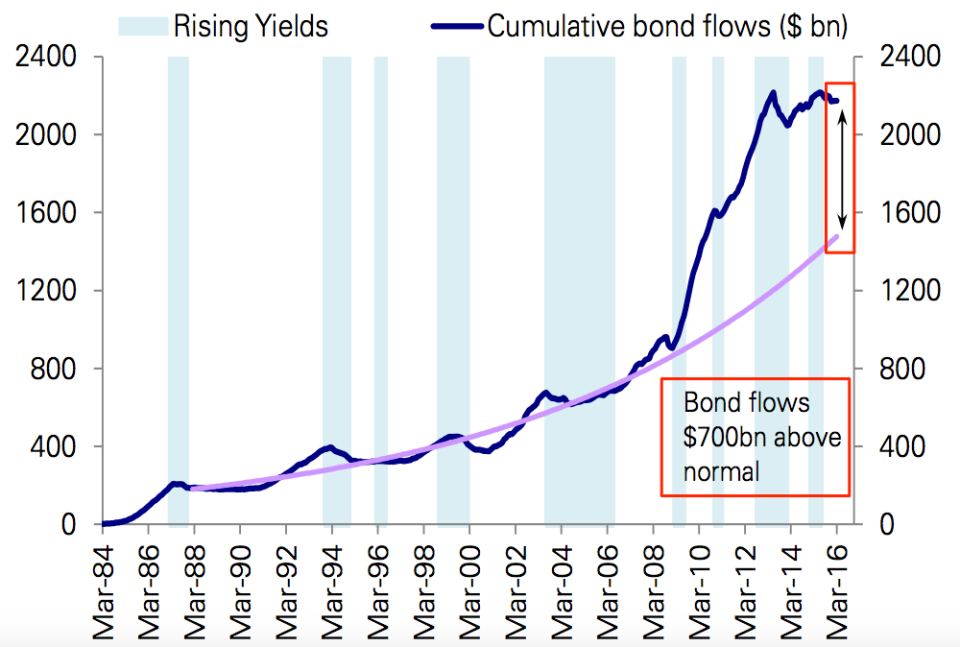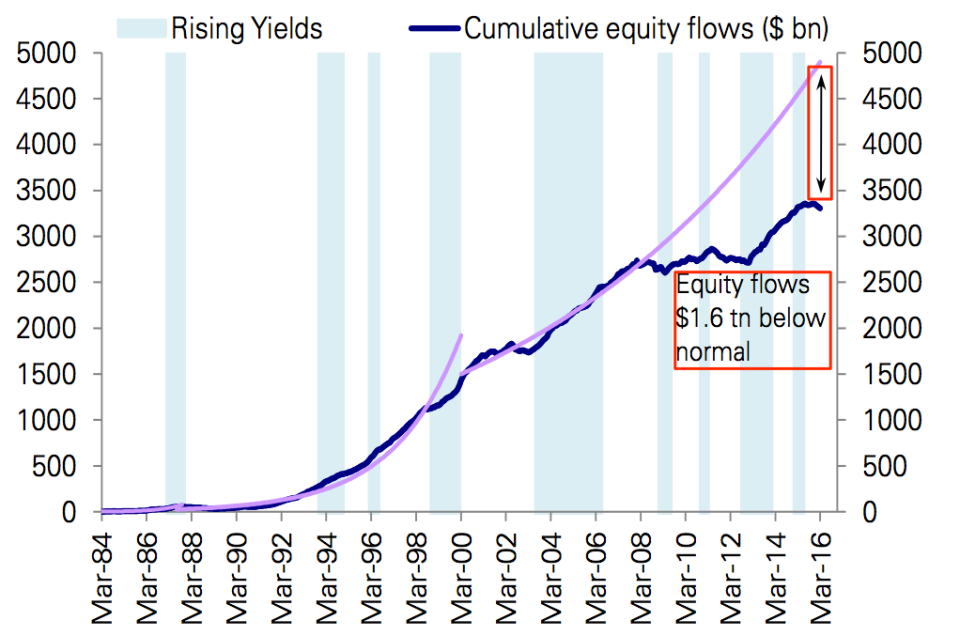This is what a $700 billion bond-market bubble looks like

REUTERS/Claudio Bresciani/Scanpix
Two of the most important central-bank governors, Japan's Haruhiko Kuroda and the eurozone's Mario Draghi, have each said there's "no limit" to what they'll do to loosen monetary policy this year.
This is because they have set inflation targets they just can't hit at the moment.
Not only that, but their economies are dangerously close to deflation — where prices fall rather than rise, sparking a recession as corporate profits decline.
To stimulate their economies, and get fresh credit circulating, they have bought bonds and lowered interest rates.
And there seems to be no end to this post-crisis policy. Kuroda stunned the market last month with a decision to adopt a policy of negative interest rates, while Draghi hinted at more quantitative easing, or bond buying, from the European Central Bank as soon as March. The idea is to get businesses spending.
Central bankers' easing policies, along with bank capital and liquidity rules that make holding bonds more attractive, have inflated the bond market by a huge $700 billion (£481 billion) since the 2008 financial crisis, according to Deutsche Bank. That increase has come at the expense of the stock market.
Here's Deutsche Bank analyst Parag Thatte (emphasis ours):
Beyond any negative signal further monetary easing sends on underlying growth prospects, historically falling bond yields with the attendant capital gains on bonds have seen inflows rotate into bonds at the expense of equities. The correlation between equities and bond yields remains strongly positive. Notably, the best period of inflows for equities was after the taper announcement in 2013 when bond yields rose sharply.
And here's the chart:

REUTERS/Claudio Bresciani/ScanpixSo, money that would have flowed into the stock market has been sucked into the bond market instead.
Here's how the chart looks for stocks:

REUTERS/Claudio Bresciani/Scanpix
NOW WATCH: This 27-year-old quit her corporate finance job to travel the world
See Also:
SEE ALSO: Only days after introducing negative interest rates, Japan is already talking about more stimulus

 Yahoo Finance
Yahoo Finance 
